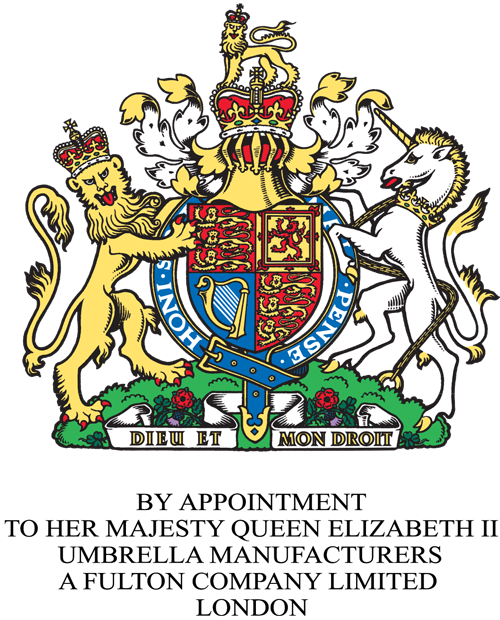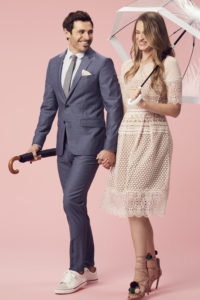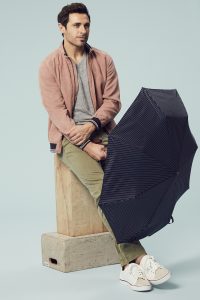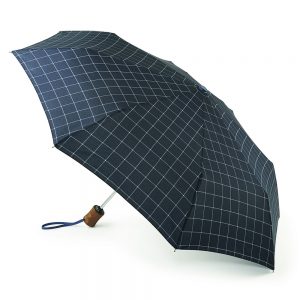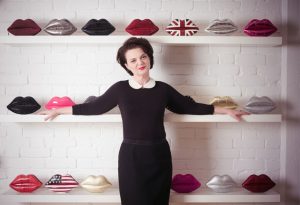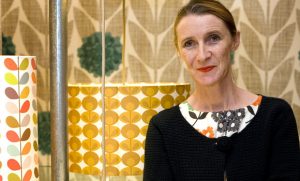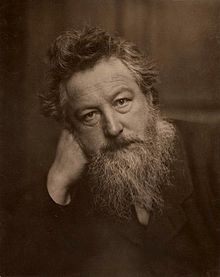Rain and snow are critical to life on Earth. Although the surface of our planet is around 71% water, the salt content makes much of this useless to most humans, plants and creatures — which is the main reason that rainwater is essential.
At Fulton Umbrellas, we’re interested in all types of weather. As World Water Week takes place at the end of August, we’ve looked into the importance of rainwater and how it has helped civilisation prosper over the millennia!
Agriculture
It’s generally believed that agriculture first began around 12,000 years ago. However, growing nutritional crops and plants would never have been possible at the time without the assistance of rain to hydrate, soak up nutrients from the soil and perform photosynthesis. In ancient times, rainwater was collected in large vats so that it could be used during times of little or no rainfall, while later civilisations built harvesting systems on rooftops, aqueducts and reservoirs.
Rainwater has allowed humans to practice and develop agriculture. This means we have been able to create a sustainable source of food that has allowed the global population to grow. What’s more, agriculture is the largest source of cloth material, the source of many medicinal drugs, and a huge form of employment for men and women around the world.
Human existence
It’s a well-known fact that the human body requires water to survive. Around 60% of our bodies are made of water and we can reportedly only last around 100 hours without drinking it. According to the United States Geological Survey, rain soaks into the ground — this is called infiltration — where some of the fluid goes under the top layers of soil and occupies the gap between subsurface rocks. This is called groundwater and accounts for less than 2% of the Earth’s water. But interestingly, it delivers almost a third of mankind’s fresh water supply, which has allowed us to drink and irrigate crops for thousands of years! If rainwater stopped, we’d fast use up our water reserves and groundwater is especially important for countries that suffer droughts, as springs could be the only way to retrieve freshwater for a long time.
Creating climates
Rainwater is also crucial for climate maintenance. When it’s in the atmosphere, it works to deliver a kind of direct evaporation that ‘refills’ heat and moisture in cloud systems. It has also been discovered that rainfall evaporation plays a part in the creation of tropical humidity.
If it weren’t for rain, various weather systems around the world that have helped create biologically diverse ecosystems featuring a variety of plants and animals would potentially not exist, leaving many subcultures without a food source and the wider community without essential medicinal plants.
Water life
Many fish and marine animals that live in freshwater rely on precipitation to survive. Rainwater refills the streams, lakes and ponds that these animals live in, and in turn, humans all over the world use these sources to fish and feed local populations.
Unfortunately, weather conditions like droughts can cause these water systems to dry up, forcing marine life to swim away from key fishing areas, if they can, or even die from a lack of habitat and food.
Clearly, precipitation is essential to human life — even if a rainy day is often looked on as a negative in the UK! Get out and enjoy the next shower with a brolly from our men’s, women’s, children’s, or sport collections.

